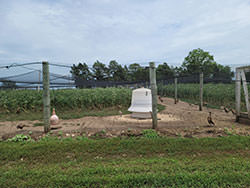Grow Your Own: Natural Outdoor Cover for Raising Pheasants
Yes, MacFarlane Pheasants uses huts to shelter our juvenile pheasants in the early part of the spring when they first go outside. But that’s a temporary solution. We intentionally nurture the growth of plants in the pens to provide cover and distraction for the birds. Why? Like that Marvin Gaye song, “ain’t nothing like the real thing.”
There are two types of cover we need in our pens: low and high. Low cover is within pecking height for the birds, and it’s important because it distracts them from pecking each other, lowering mortality. And then there’s high cover, something that’s going to shoot up head-high and ideally branch out, providing shelter from wind and rain.
Our ideal cover in the pens is a mixture of plants. Ragweed is common here and across the U.S., and it pops up early in the spring. But when ragweed gets too big, it becomes more stalk than leaf, and it’s bare underneath. That’s a problem. Our favorite cover, which comes up naturally around the same time as ragweed, is lambsquarter. Lambsquarter tops out at head-high while maintaining a good amount of low cover, especially if you irrigate well. It doesn’t grow through the netting of the pens, and it stays hardy through a few hatches of birds and into the winter. We try to encourage it. Finally, to supplement lighter growth, we’ll even sow corn or sorghum for additional low cover before the plants mature.
Getting a pen full of lambsquarter is a precise job, but it’s not as tough as you’d think. We let the ragweed grow alongside it until the plants are about knee-high to waist-high. The ragweed grows a little faster, and its leaves will blot out the lambsquarter if we let it go much longer, so at that point, our guys either walk through the pens or drive the Gator with a light mixture of 2,4-D pesticide and spot-spray. The broad leaves of the ragweed shelter the lambsquarter, the ragweed dies, and lambsquarter takes over.
We wait until the natural cover is the height of the birds before putting them together. In all of the pens we’ll leave a five-foot perimeter, as well as a five-foot aisle down the center. It’s just easier to navigate and keep an eye on the birds, and it gives them some open space.
There are a few common mistakes. Too many birds in the pen can prevent natural cover from growing. Our rule of thumb in the early spring, when the cover it still getting established, is 50 square feet per bird. After the cover starts to take, we’ll halve the square feet per bird. The other problem is developing the low cover. In that regard, we’ll irrigate often, even if the rain is normal. More water means faster grown underneath.
Springtime is the best time, with a little foresight, to grow out the natural flora for your birds that will last a season. A balance of low and high cover will give them something to peck at and protection from the elements all summer long, arriving strong and healthy for the fall season.
Related Posts
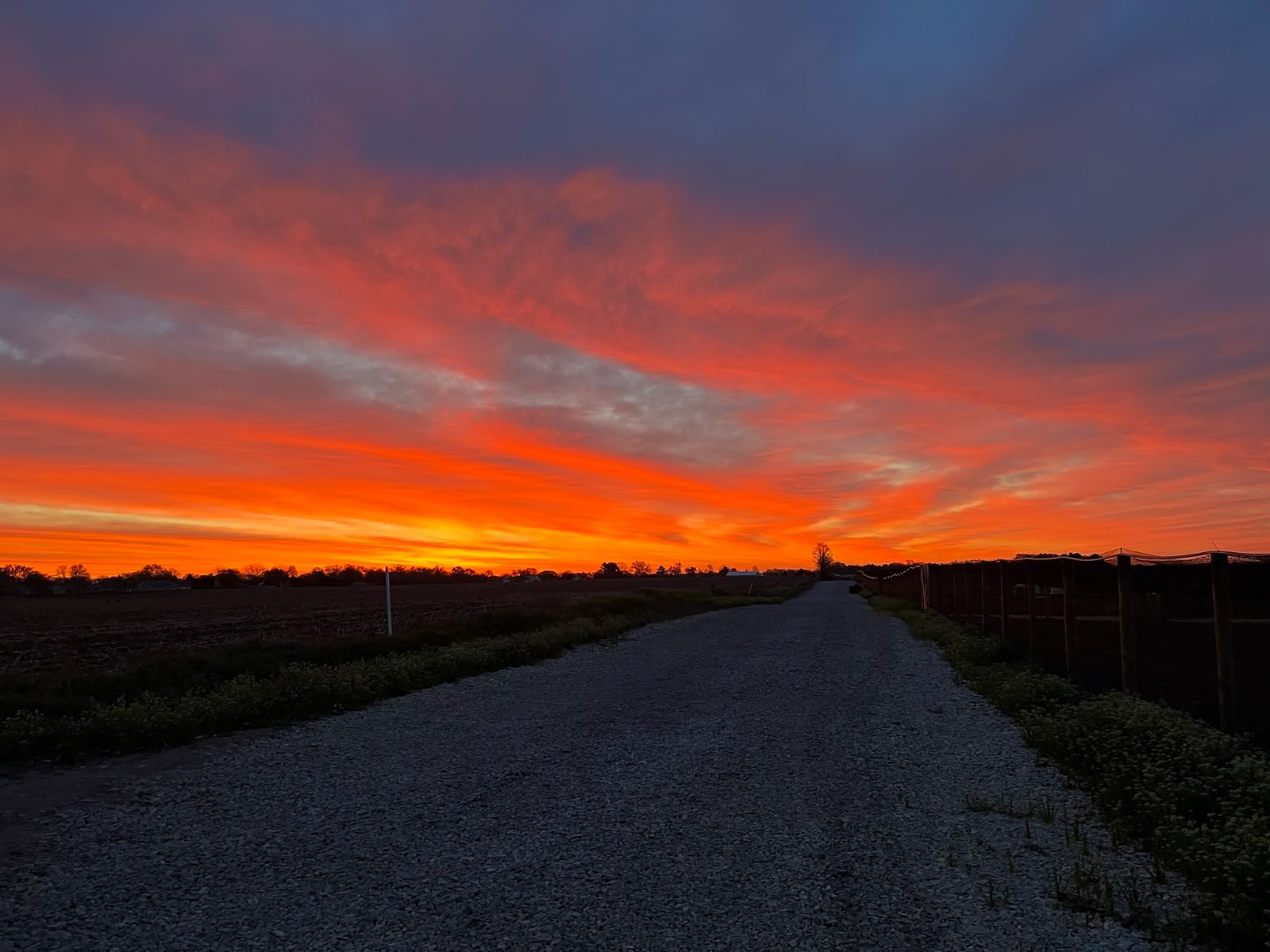
A Journey of Expansion: Jim Clark’s Legacy & Our New 16 Acres of Pheasant Pens
Read Post

Preparing Our Barns & Pens Each Spring
Read Post
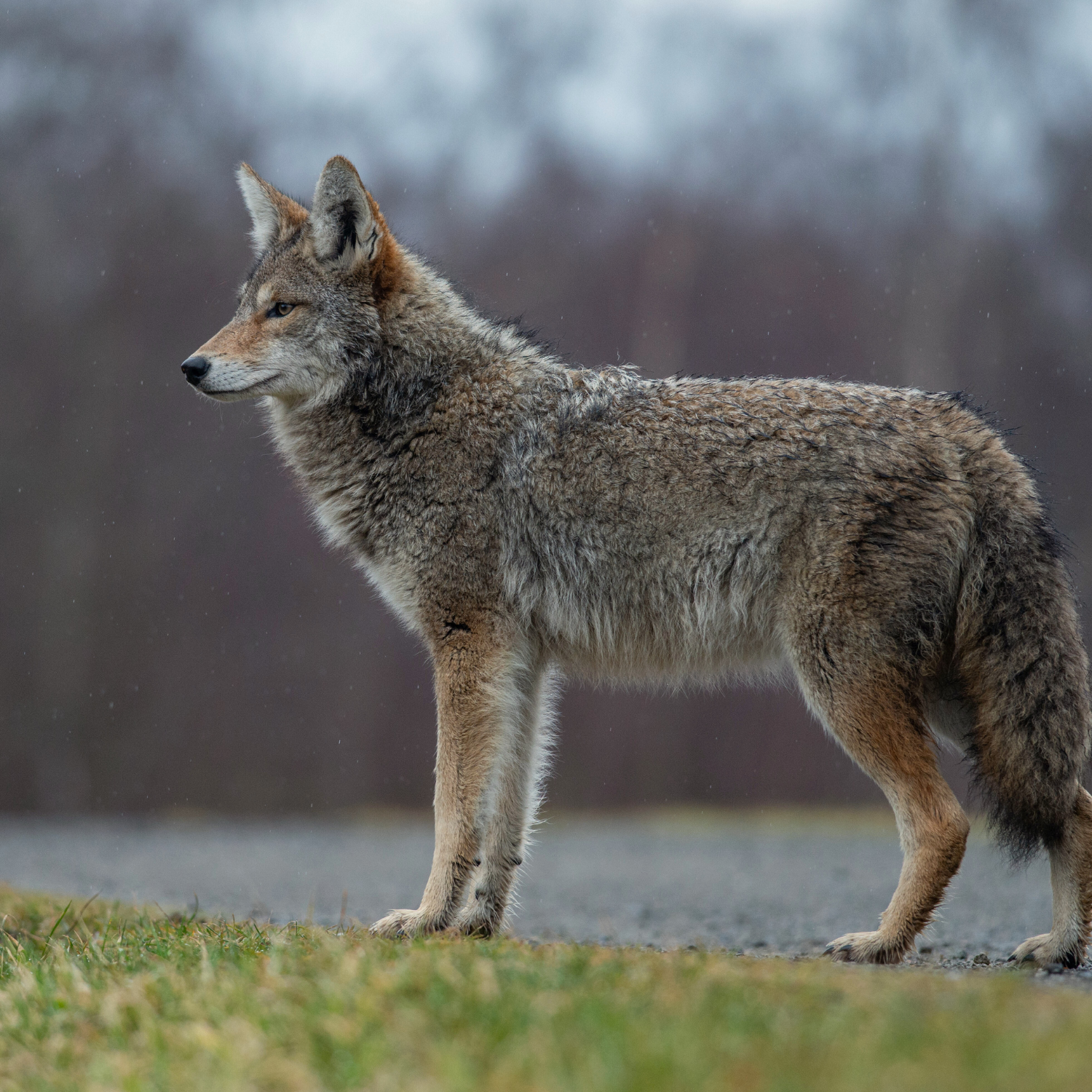
A Pheasant Farm’s Most Wanted List
Read Post
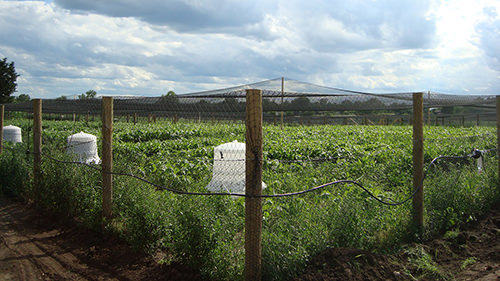
Cover Management in Flight Pens
Read Post
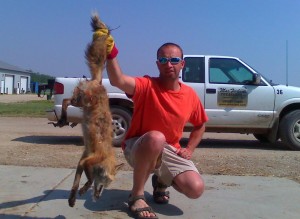
Thieves in the Night
Read Post
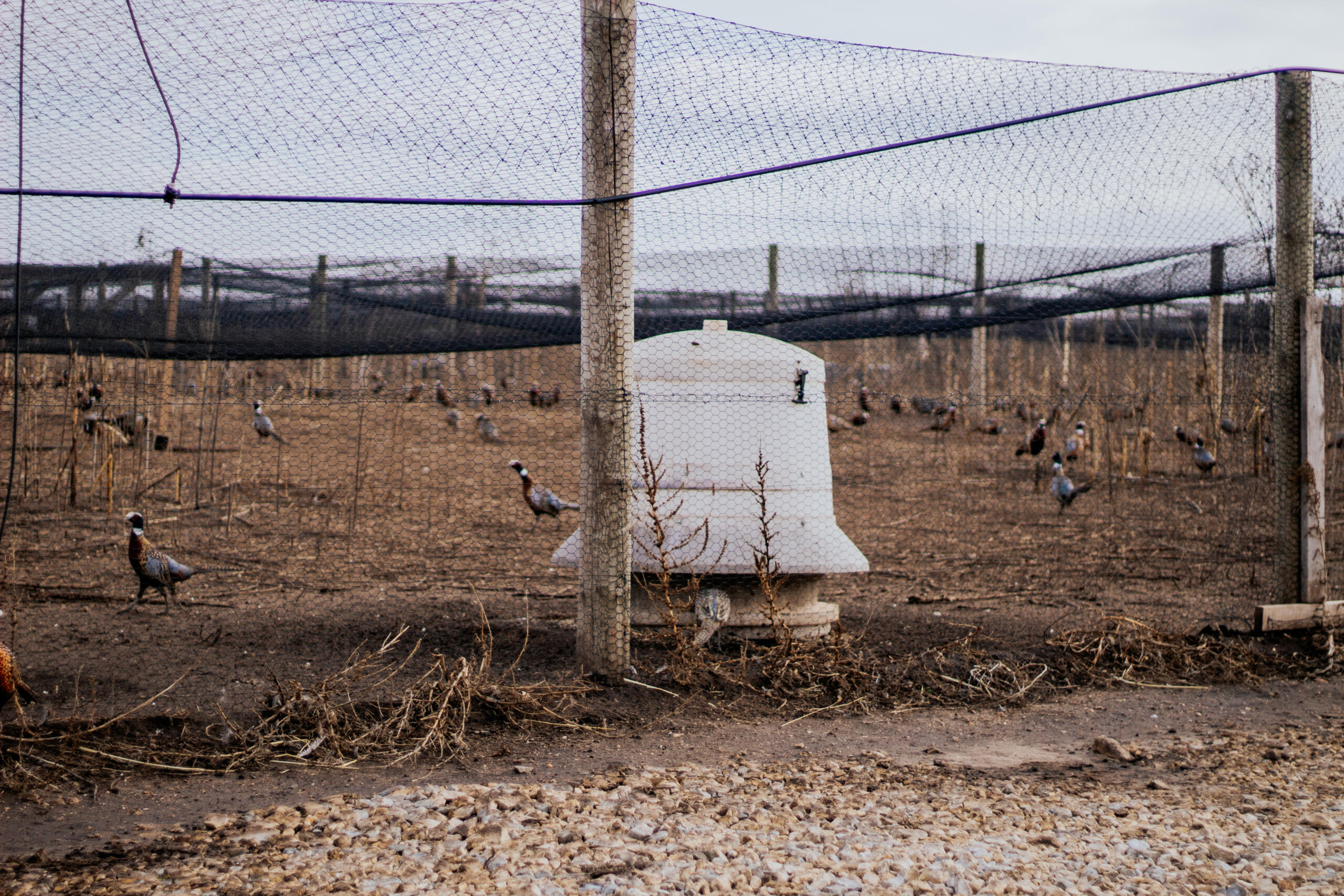
Fixing Feeder Issues in The Outside Pens
Read Post
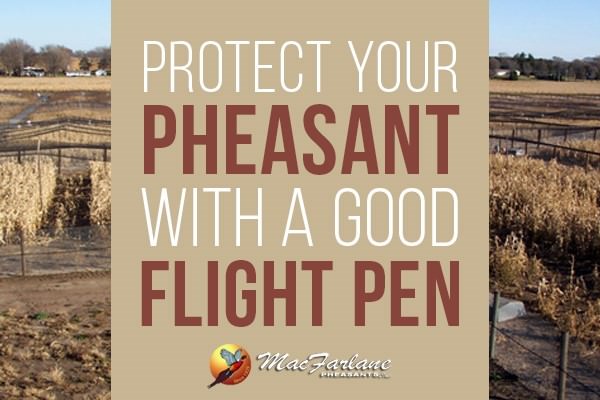
Flight Pen Mortality Protection
Read Post
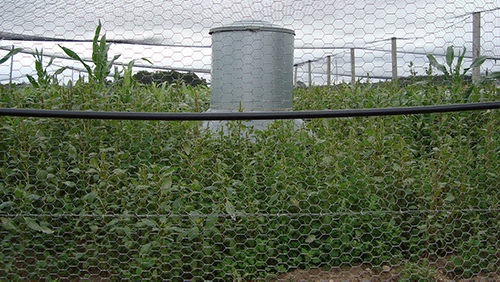
How To Construct Durable Pheasant Flight Pens
Read Post
Take Advantage of These Free Resources
As the biggest game bird farm in the United States, we want to share our experience with you. Download our free resources below and get started.


